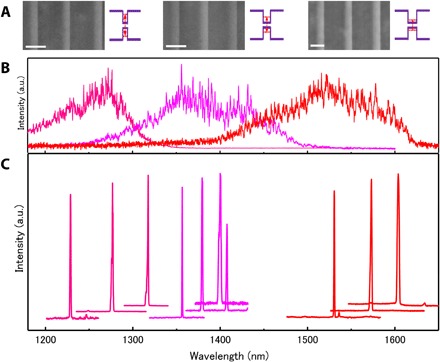Fig. 4. Tuning the laser wavelength range in telecom band.

(A) Aberration-corrected HAADF-STEM images of InP/InAs MQD nanowires taken along the [011] zone axis. These nanowires were grown with increased flow rates of TMIn:TBA (μmol/min): 0.75:223, 0.98:290, and 1.5:447 from the left-hand side to right-hand side. The flow rates of TMIn:TBA modulate the thickness of the InAs QDisk. From the left-hand side to right-hand side, the thickness of a single InAs QDisk is 6.8 ± 0.8, 7.5 ± 0.8, 9.0 ± 1 nm, respectively. Scale bars, 20 nm. The insets schematically indicate how the real gap energy (ground state) of the InAs QDisk is modulated by the thickness through quantum confinement along the axial direction. (B) Corresponding spontaneous PL spectra of individual nanowires shown in Fig. 4A. The dominant PL peak is shifted up to the high-energy, i.e., short-wavelength, side with decreased flow rates. This indicates enhanced quantum confinement by reduced thickness of a single InAs QDisk. (C) Corresponding PL spectra of stimulated emission. Spectra are offset for clarity. The laser wavelength range is modulated by the growth parameters, i.e., flow rates of TMIn and TBA sources. Thus, a broad wavelength range is covered in the whole telecom band, including two technologically important telecom-band windows of 1.3 and 1.55 μm.
